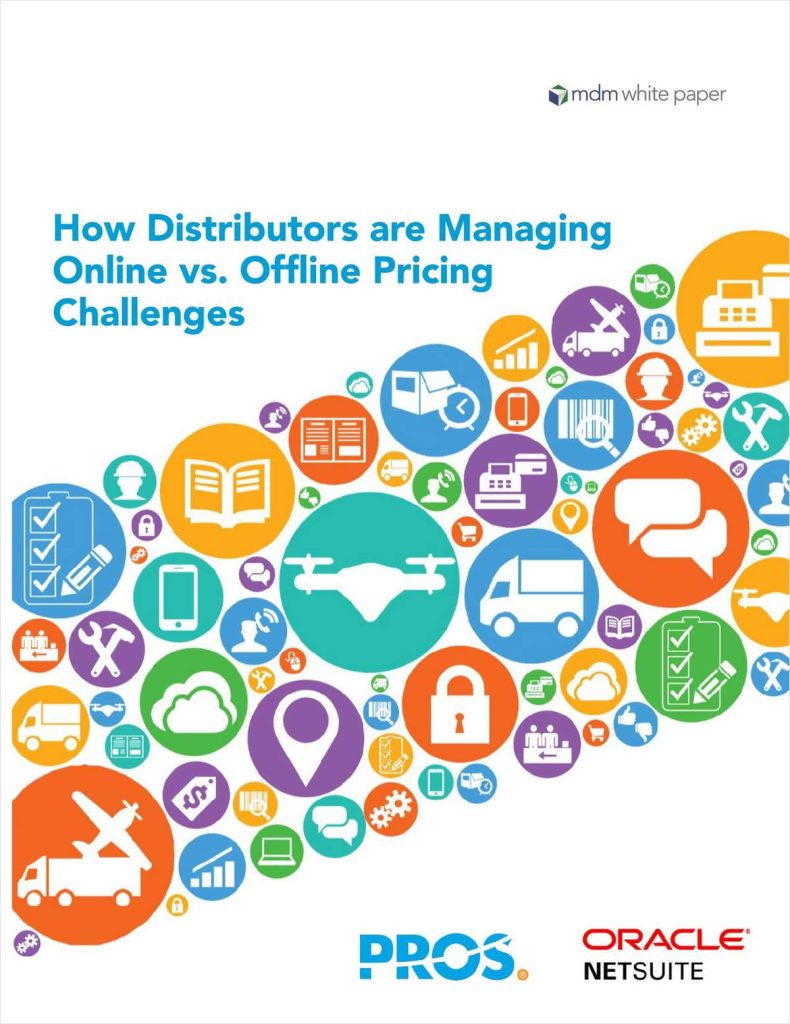Insider threats are one of the most challenging aspects of modern cybersecurity. These threats are posed by individuals within an organization, such as employees, contractors, or business partners, who exploit their access to the company’s networks, systems, or data for malicious purposes. Unlike external cyberattacks, which are often detected through traditional security measures, insider threats are harder to identify, as they often involve individuals who already have legitimate access to sensitive information. As organizations rely more heavily on digital infrastructure, the need for effective detection and mitigation of insider threats has become a top priority. This is where Artificial Intelligence (AI) plays a critical role.
AI is transforming cybersecurity by providing advanced tools and techniques for detecting and responding to insider threats. Machine learning (ML), a subset of AI, is particularly useful in identifying anomalies in user behavior, which can be indicative of malicious activity. By continuously learning from historical data and monitoring user interactions within a system, AI algorithms can establish a baseline of normal behavior for each individual. This allows AI systems to detect deviations from the norm, flagging unusual activities that may warrant further investigation.
One of the key advantages of AI in detecting insider threats is its ability to process and analyze vast amounts of data in real time. Traditional security systems, such as firewalls and intrusion detection systems (IDS), typically focus on identifying external attacks, which may not be sufficient to detect insider threats. AI, however, can analyze a wide range of data sources, including login patterns, file access logs, email communication, and network traffic, to identify subtle signs of potentially harmful behavior. For example, an employee accessing sensitive files they don’t normally work with or downloading large volumes of data could be flagged as suspicious activity.
AI-powered systems can also track and analyze the behavior of users across multiple devices, networks, and applications, giving a comprehensive view of their activities. This holistic approach allows AI to detect insider threats even if the malicious activity spans multiple systems or occurs at irregular intervals. Moreover, AI systems can leverage threat intelligence from external sources to correlate internal activities with known attack patterns or global security incidents, improving their ability to detect evolving threats.
Another way AI helps in detecting insider threats is through the use of predictive analytics. By analyzing historical data and identifying patterns of behavior that precede insider attacks, AI can predict potential threats before they escalate. For example, an employee who is disgruntled or about to leave the company may exhibit warning signs, such as accessing confidential data without a legitimate need or attempting to bypass security protocols. AI can detect these behavioral shifts and alert security teams to take proactive measures, such as reviewing the individual’s activities or limiting their access to sensitive information.
AI can also help in identifying “insider collusion,” where multiple trusted individuals work together to carry out a malicious act. Detecting such activity can be particularly difficult because each individual may seem to be acting within the scope of their legitimate duties. However, AI can analyze interactions between users and flag any unusual patterns, such as multiple individuals accessing the same files or systems at the same time or transferring large amounts of data to external sources. By monitoring and cross-referencing these activities, AI can identify potential threats that would be hard for human analysts to detect manually.
While AI is incredibly effective at detecting insider threats, its success largely depends on the quality and quantity of data it is trained on. For AI systems to be accurate and reliable, they need access to a wide range of historical data on user behavior and system activity. This includes not only typical usage patterns but also data from previous insider incidents, which can help AI recognize warning signs of a threat. Organizations must ensure that they are collecting and storing relevant data, as well as maintaining the necessary infrastructure for AI systems to process and analyze it.
It’s also important to note that AI systems are not infallible. False positives—situations where normal behavior is incorrectly flagged as a threat—can occur, leading to unnecessary investigations or disruptions in workflow. As a result, AI-driven systems must be used in conjunction with human oversight to ensure that flagged activities are appropriately investigated. Security analysts can review the alerts generated by AI and determine whether further action is required, reducing the risk of false alarms and ensuring that legitimate threats are properly addressed.
AI is also helping organizations create more dynamic and adaptive cybersecurity policies. Traditional security measures, such as setting fixed access controls or implementing rigid user authentication protocols, may not be effective in a rapidly changing digital environment. AI can adapt to new threats and user behaviors, adjusting security policies and protocols in real time to address emerging risks. For example, AI can automatically limit a user’s access to sensitive data if it detects suspicious behavior, such as a user attempting to access files at odd hours or from an unusual location.
As AI continues to evolve, it will become even more integral to cybersecurity, particularly in the fight against insider threats. Organizations that embrace AI-powered security solutions will be better equipped to detect, respond to, and mitigate insider threats, enhancing their overall security posture. By automating the detection process, reducing the reliance on human intervention, and providing real-time alerts, AI is enabling organizations to stay one step ahead of malicious insiders, ensuring the integrity of their data and systems.
From Our Editorial Team
Our Editorial team comprises of over 15 highly motivated bunch of individuals, who work tirelessly to get the most sought after curated content for our subscribers.



